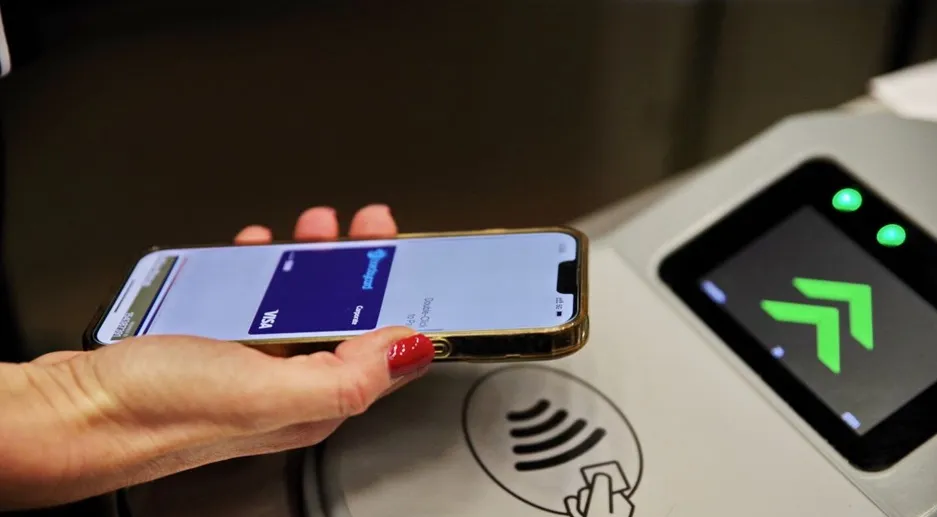Arcontia International, Swedish producer of contactless smart card readers and terminals, is to supply fare collection equipment manufacturer LECIP with a smart card based fare collection solution for the City of Santa Monica’s Big Blue Bus (BBB) public transport operator. The system will be installed on Big Blue Buses operating throughout the City of Santa Monica and the greater Los Angeles area, providing transport to more than 20 million people annually. Arcontia contactless smartcard readers will be in
October 31, 2012
Read time: 2 mins
The system will be installed on Big Blue Buses operating throughout the City of Santa Monica and the greater Los Angeles area, providing transport to more than 20 million people annually.
Arcontia contactless smartcard readers will be integrated into LECIP fare collection units, and will accept cash, magnetic stripe cards, and MIFARE contactless travel cards, providing faster, easier and more convenient means of payment for passengers. The system will also include cashless ticket vending machines from Arcontia and a robust smart card back office processing system.
"We are very excited to be working with Arcontia to deliver a state-of-the-art system for BBB passengers," said Chung Chung Tam, chief technology officer at LECIP. "While we are new to the north American market, we are not new to transit and we are excited to be able to provide our proven technology to Big Blue Bus riders in Santa Monica and across greater Los Angeles."
“We are extremely pleased with winning this contract as it strengthens our position in providing automated fare collection devices for the public transport industry. Winning this contract is further evidence of our continuing commitment to successful growth, especially in the north American market,” said Olaf Henrixon, COO at Arcontia International AB.







